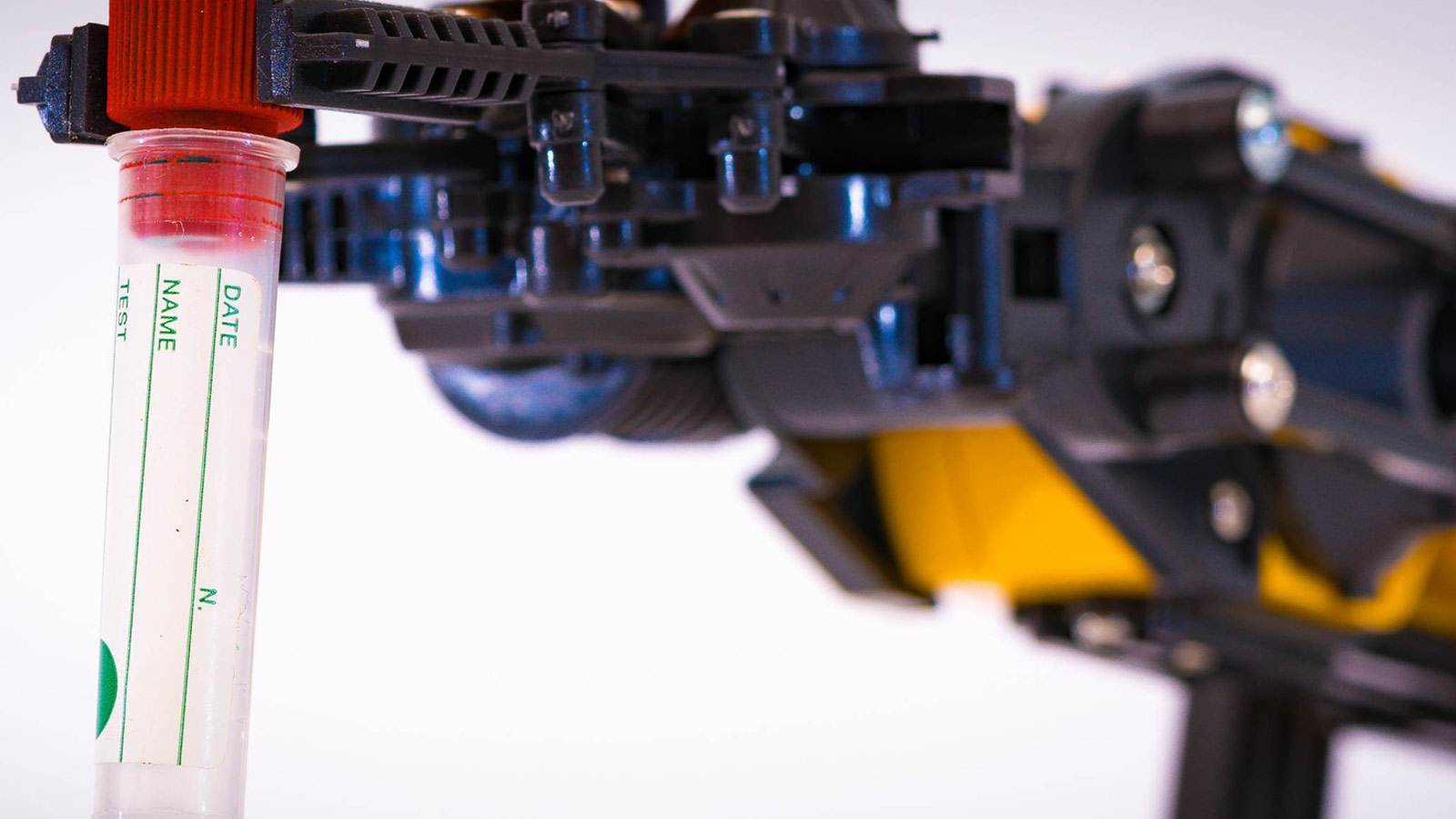Water-focused ‘innovation engine’ aims to drive economic development across Illinois, Ohio and Wisconsin
A new water-focused “innovation engine” aims to drive economic development and job creation in the Great Lakes region by finding new ways to recover clean water, energy and valuable materials from wastewater, while removing harmful chemicals. These efforts will be carried out by Great Lakes ReNEW, a collaboration of research institutions, universities, utilities, investors and development organizations spanning six states — including Illinois, Ohio and Wisconsin.
ReNEW is led by Current, a Chicago-based, water-focused innovation hub. The U.S. Department of Energy’s (DOE) Argonne National Laboratory and the University of Chicago are partners in the effort. The initiative will be funded by $160 million in potential grant money from the U.S. National Science Foundation. An initial $15 million portion of the grant will cover development activities in Illinois, Ohio and Wisconsin over the next two years. The remaining funds will be awarded contingent upon progress and could be applied more broadly across ReNEW member states.
Argonne partners with UW, UAB to unlock cancer-fighting isotopes
Scientists at the University of Wisconsin (UW)–Madison and the University of Alabama at Birmingham (UAB) are collaborating with Argonne to unleash the power of three radioactive isotopes of the metallic element, scandium.
In tandem, scandium isotopes 43, 44 and 47 are what scientists call theranostic ― that is, they’re useful for diagnosing and treating cancer. Scandium-43 and scandium-44 target solid tumors while scandium-47 destroys them, enabling doctors to develop more precise treatment plans for patients. However, because scandium-43 and scandium-44 have a half-life of less than four hours, the isotopes must be isolated, purified and used in treatment all on the same day or their effectiveness is greatly reduced. The challenge lies in rapidly producing and deploying the isotopes in useful amounts.
Collaborators at UAB and UW use their cyclotrons to produce scandium isotopes from titanium and calcium targets while Argonne produces scandium-47 using its electron accelerator. Once purified, the isotopes will be ready for use. The collaborators’ work holds the promise of important advances in diagnosing and treating cancer.
This research is supported by DOE’s Isotope Program, managed by the Office of Science for Isotope R&D and Production.
Argonne trains UW students for quantum science and engineering careers
Argonne is training graduate students from several universities nationwide, including the UW–Madison, for careers in quantum science and engineering.
Argonne’s efforts are part of the Quantum Information Science and Engineering Network (QISE-NET), which is funded by a $2.5 million award from the National Science Foundation. Co-led by the University of Chicago and Harvard University, QISE-NET is managed by the Chicago Quantum Exchange (CQE), a hub for quantum science and engineering and training tomorrow’s quantum workforce. Argonne is a founding member of CQE.
Students participating in the QISE-NET program receive up to three years of funding as well as mentoring from two individuals: an academic advisor and an individual from a leading technology company or national laboratory. Together, the student and mentors pursue a pressing research question. This program is a vital step in developing a national workforce of quantum scientists and engineers, equipping the U.S. to continue to lead in quantum science and technology.
Argonne works with Wisconsin companies to help meet demand for diagnostic medical isotopes
Leveraging decades of pioneering research in nuclear medicine, Argonne is helping SHINE Medical Technologies and NorthStar Medical Radioisotopes restore U.S. production of molybdenum-99. Located in Janesville, and Beloit, Wisconsin, respectively, the two companies are working with a multidisciplinary Argonne team on the large-scale manufacture of molybdenum-99, reversing a 30-year hiatus in domestic production of this most widely used diagnostic medical isotope.
After discovering a breakthrough technology to make this molybdenum-99 without the need for enriched uranium, Argonne scientists demonstrated manufacturing pathways for SHINE and NorthStar using Argonne’s world-class linear electron accelerator facility, or LEAF. These protocols provides a safer, more reliable way to make molybdenum-99 (half-life 66 hours), from which technetium-99m (half-life six hours) is derived on-site at hospitals for approximately 40,000 medical testing procedures each day. Argonne will continue working with NorthStar and SHINE to demonstrate the feasibility of their production and purification processes as they look to build their commercial facilities to help meet the high domestic demand for this important medical isotope.




